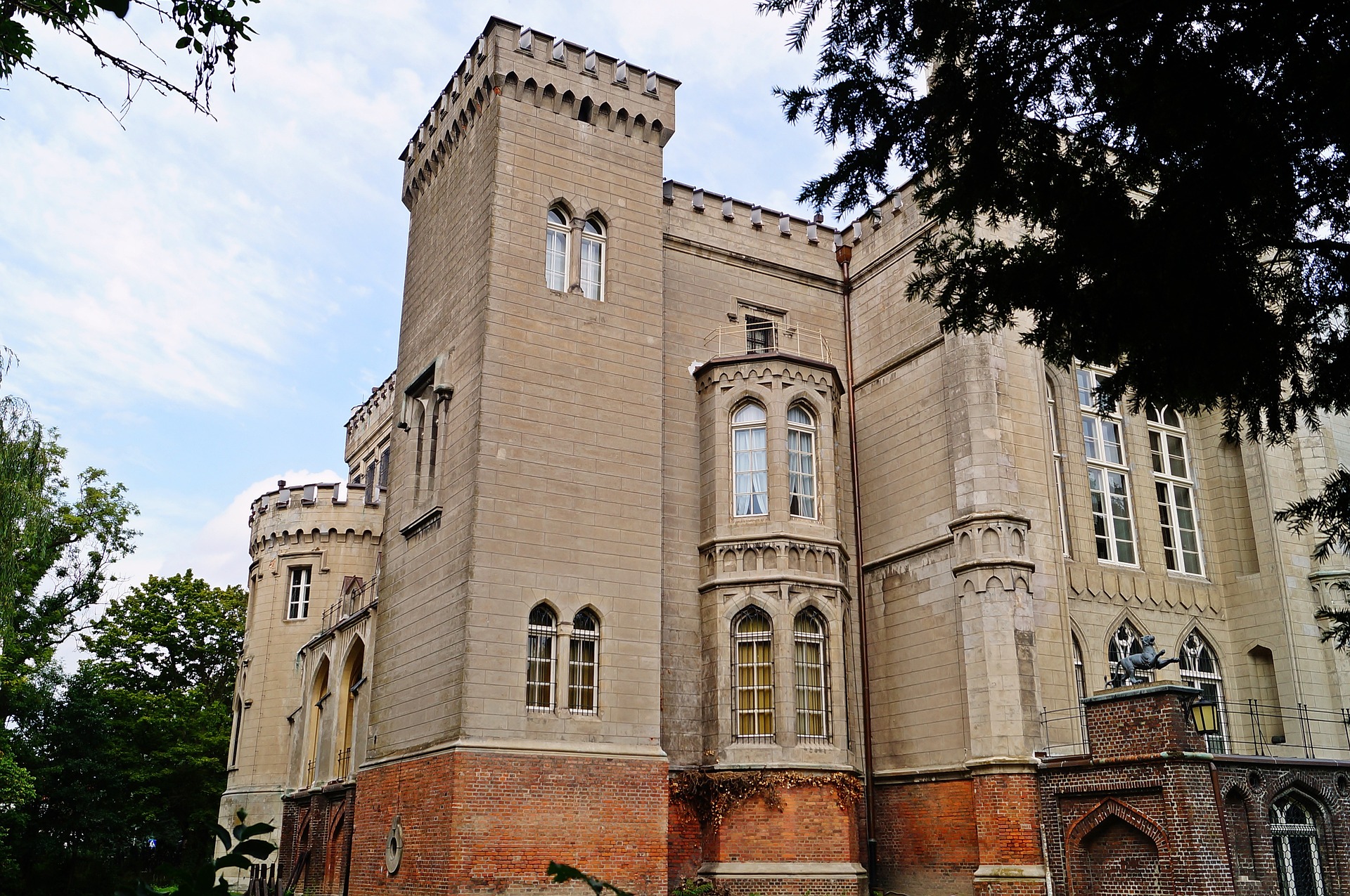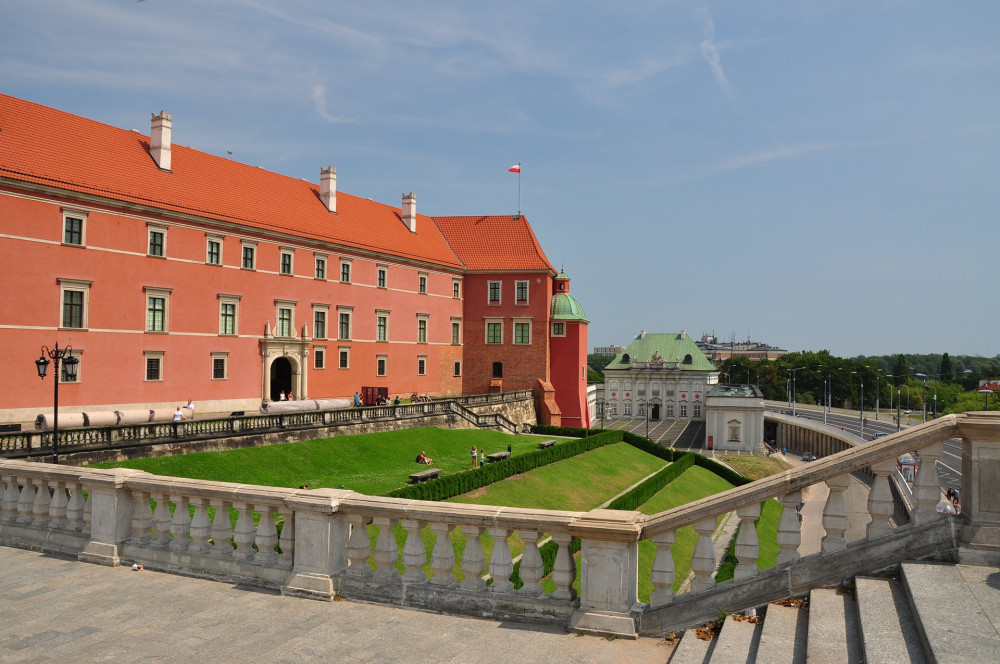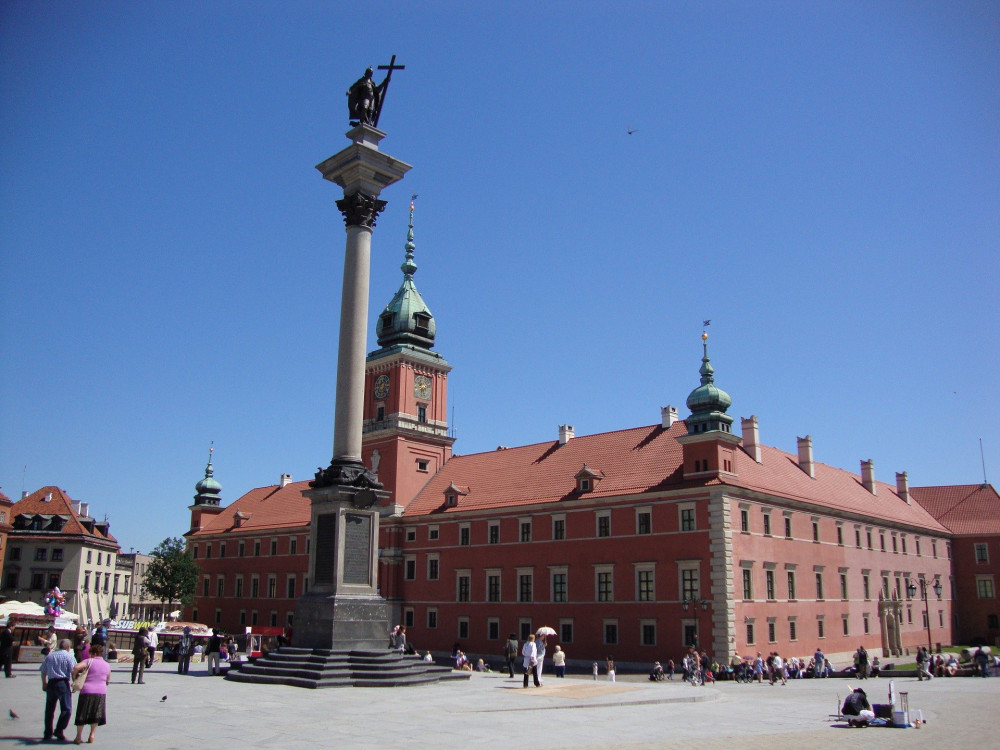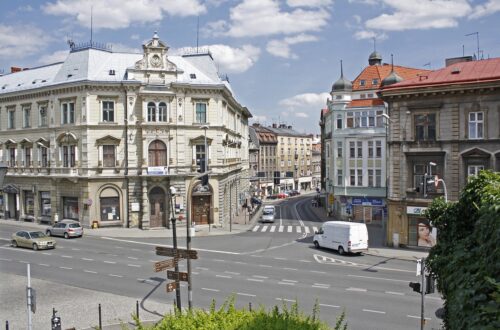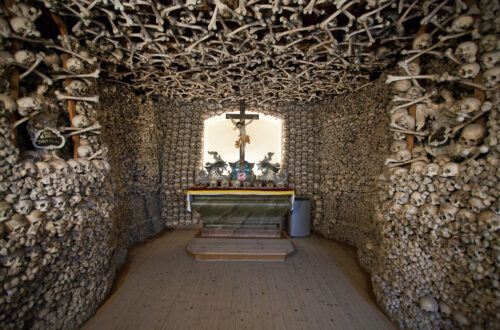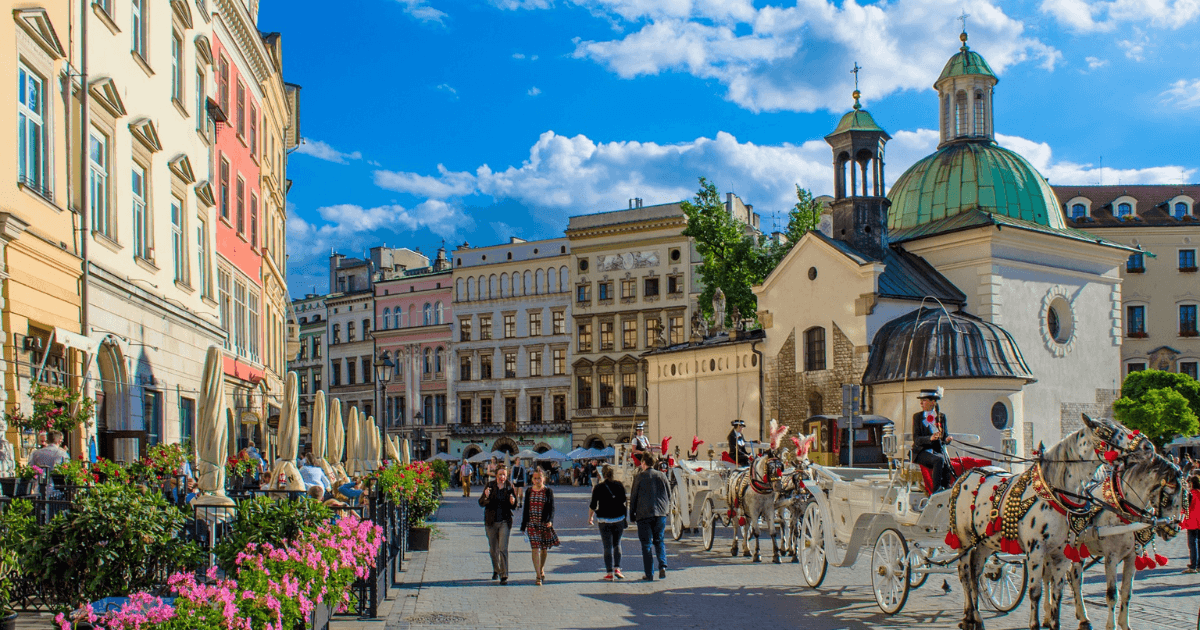Exploring Warsaw’s Old Town
Warsaw’s Old Town is a fascinating travel destination. Take a break from the stress of city life; this quaint district never ceases to amaze visitors with its ever-busy squares, serene alleyways, great attractions, and rich history. The town square plays host to events, festivals and open-air galleries during the summer months.
The Old Town is unarguably the most scenic part in Warsaw. No talks about Poland’s history would be complete without mentioning the significant role of
History of Warsaw
One of the major draws to Old Town in
Before its destruction, the Old Town was brimming with an array of buildings and architecture that tells the story of the city. Some of the buildings that will definitely catch the eye of every visitor include the beautifully designed Guild Hall and the Town Hall as well as the Castel Square.
Unfortunately,
Of course, many cities counted their loss during the Second World War due to attacks. In this case, it was unique. Adolf Hitler personally ordered that the city be brought to the grounds. Nearly 90% of the city was destroyed.
With sheer determination, the Poles rebuilt the city to its original look, removing every possible sign of damage.
Sightseeing in Warsaw ’s Old Town
The Old Town is home to plenty of sights to see. Exploring the area on foot helps you appreciate the city’s charm and beauty as you go. Here are some of the top spots that shouldn’t be missed while exploring the city’s Old Town
1. Old Town Market Square
Locally known as Rynek Starego Miasta, Old Town Market Square was the center of
Today, it is filled with beautiful buildings, cafes, and restaurants that are extremely popular with locals and tourists alike. Horse-drawn carriages passing through the square gives visitors a glimpse of how life was back in the days.
Once on the market square, you can explore other top attractions, including Adam Mickiewicz Museum of Literature,
2. Royal Castle
Completely destroyed during the WWII, the Royal Castle you see today was rebuilt in the 1980s. Before the Second World War, the castle served as a royal residence between the 16th and 18th centuries. The castle today offers tours and is home to a museum with an extensive collection of artworks. A tour of the Royal Castle takes you on a roller coaster ride to the era of Stanislaw August, Poniatowski, Poland’s last king. Also, the castle hosts concerts, lectures, and film screening to the delight of guests.
3. Historical Museum of Warsaw
Want to learn more about
4. Adam Mickiewicz Museum of Literature
Adam Mickiewicz is a Polish poet, political activist, and considered by many as the most important artist of Polish Romanticism. The museum was opened to the public to celebrate his 150th birthday. If you love Polish literature and would like to explore more, visit this museum. It takes you through the life of this Poland’s greatest writer and poet. Here you will find manuscripts, portraits, and other valuable items belonging to Mickiewicz.
5. St John’s the Baptist Arch-cathedral
St John’s the Baptist is not just the leading religious site in Old Town but also one of
Before the destruction, the church was used as a place for the coronation of many Polish Kings and Queens as well as the resting place of many famous poles. This Roman Catholic Church played a significant role in Polish history as well.
6. Sigismund’s Column
Built-in the 17th century, Sigismund’s Column is a monument to King Sigismund III, who made a decree in 1956 to move the capital city of Poland to
 Quick Facts
Quick Facts
- Warsaw Old Town was inscribed in the list of World Heritage Sites by UNESCO in September 2, 1980
- Warsaw has a population of 1.8 million people
- Warsaw is the 8th most populous capital city in the European Union
- Nearly 90% of the city was destroyed during the Second World War
- Warsaw is one of the most livable cities in the world
The buildings and everything you see in
Related Posts: 5 Best Reastaurants in Warsaw’s Old Town
The Best Travel Resources
Booking.com – very good global booking engine, they have a very comprehensive database of locations and hotels to choose from.
HotelsCombined – hotel booking site focused on finding you the best variety of rates. Save you time by looking at hundreds of providers.
Get Your Guide – great platform to book endless
activities, tours and tickets for attractions across the world.
Discovercars.com – price comparison and bookings website for cars, at very affordable prices, one of the best on the market.
Omio – great platform for booking trains, buses and flights in Europe.
NordVPN – With NordVPN you can securely access apps, websites, and entertainment platforms from anywhere in the world.

